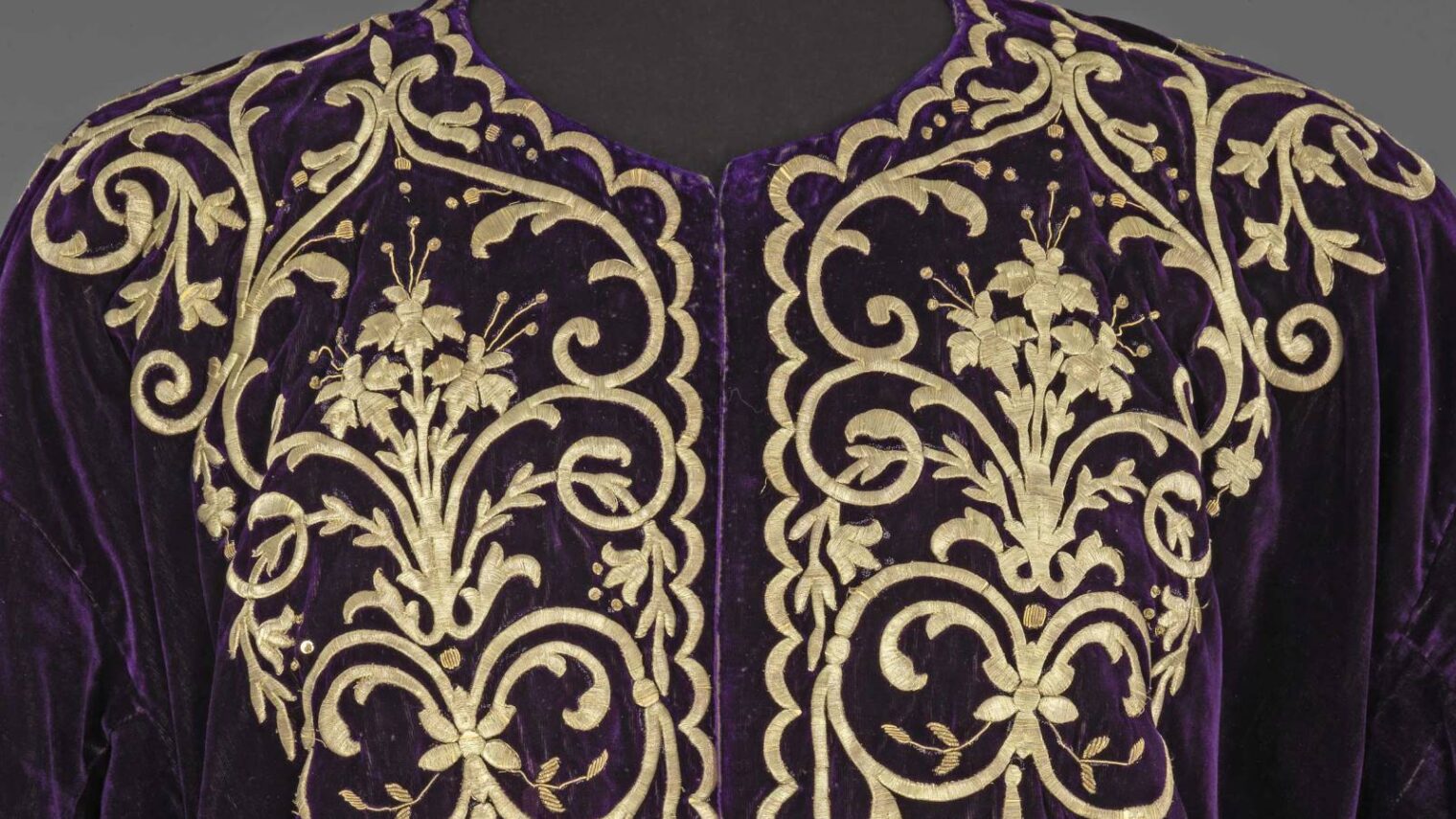One of the most anticipated highlights of Prince Harry’s wedding to Meghan Markle on Saturday was the moment when Markle stepped out of the car at St. George’s Chapel in Windsor, in her simple and stunning white dress by Clare Waight Keller of Givenchy. This moment is often the most anticipated moment of all weddings.
In Western culture, the dress taking away the collective breath of all assembled is generally a floor-length gown in one or another shade of white — call it pearl, cream, ivory or alabaster.
Credit for the tradition of a white wedding dress goes to Victoria, Queen of the United Kingdom, at her wedding to Prince Albert of Saxe-Coburg and Gotha in 1840. Queen Victoria wore a dress made of white silk satin and lace.
The look immediately caught on with the elite. The Godey’s Lady’s Book, the fashion magazine of record at the time, wrote, “white is the most fitting hue, whatever may be the material. It is an emblem of the purity and innocence of girlhood, and the unsullied heart she now yields to the chosen one.” The trend has continued through today.
Wearing white was not always the case. In fact, up until the 1800s, Western European brides wore many different colors — often red — as did their Eastern and Middle Eastern counterparts. But in the early 19th century, as Western influence and media spread worldwide, the image of the bride dressed in white replaced multi-colored bridal gowns. The same held true for Jewish communities throughout the world, as can be seen in the Jewish Life & Art Collection at the Israel Museum in Jerusalem.
- The newest addition to the collection is a unique wedding dress from late 19th century Baghdad.
 Wedding dress from Baghdad. Photo by Mauro Magliani/courtesy of The Israel Museum, Jerusalem
Wedding dress from Baghdad. Photo by Mauro Magliani/courtesy of The Israel Museum, Jerusalem
Made of satin silk decorated with tinsel embroidery, the dress displays traditional motifs including the Tree of Life, birds and hamsa patterns. According to the museum, “This type of embroidery is characteristic of dowry items of the brides of Baghdad at the time – Jewish, Muslim, and Christian alike.”
- This 1930s hand-spun raw silk wedding dress with winged sleeves and silk-thread embroidery was made in Sandor, Iraqi Kurdistan, by the bride, Farha Kirma, and her father. The pair went through every stage of creating the gown, from collecting the silk cocoons to spinning, dyeing, weaving, sewing and embroidering.

- Brides in Tunisia wore baggy trousers, as in this wedding outfit from early 20th century Tunis. Although the look was traditional, the color choice — pale silk satin fabric, gold metal thread embroidery and cotton thread embroidery on a white cotton net — was apparently influenced by wedding dresses from Western Europe.
 Wedding pantsuit from Tunisia. Zaida Schulman collection. Photo courtesy of The Israel Museum, Jerusalem
Wedding pantsuit from Tunisia. Zaida Schulman collection. Photo courtesy of The Israel Museum, Jerusalem
- The henna party is a premarital rite celebrated throughout the Middle East, North Africa and India. Nonetheless, this silk satin and lace henna dress from 1891 (right) and the 1880 brocade silk wedding dress (left), though both from Baghdad, were clearly created in Western style.

- The henna dress pictured above belonged to Dakhla Rachel Muallem, a child-bride married off at the age of 11. In the wake of the 1941 Farhud pogrom and riots carried out against the Jews of Baghdad and the subsequent government policy shift against the Jews, Dakhla fled for Iran in 1948 where she lived until her death in 1960. In the late 1970s, her children escaped the Khomeini regime for London and took the henna dress with them. It was later donated to the museum by her daughter, who had moved to Israel.
- The deep purple velvet of this wedding dress with its gilt metal-thread embroidery from Edirne, Turkey, would serve a young woman at her wedding, at other celebrations throughout her life. After death, a dress such as this would be unstitched and refashioned as a Torah ark curtain in the synagogue.

- From Iran comes this bridal jacket created in the early 20th century in Isfahan from silk velvet and embroidered in silver tinsel thread.

- Brides of the Bene Israel, a historic community of Jews in India, married in saris, the accepted every day and festive wear for all Indian women.

The sari played a major role in the various wedding-related events, especially in the malida (a ceremony particular to the Bene Israel), the henna, the marriage ceremony and the bride’s parting from her parents. Green saris were worn at the henna but under European influence, the traditional red wedding sari were supplanted by white ones.
- Exemplifying the tradition of outfitting brides like royalty from head to toe is this pair of embroidered velvet bridal slippers from Fez, Morocco.

- No bride has looked more like a queen than the Yemenite Jewish bride. As described by the Museum, “Unlike her counterparts in other areas of Yemen, the Jewish bride from Sana’a looked like a dazzling piece of jewelry herself.”

The Baghdad wedding dress will be on display through December 31, 2018. Other pieces are part of the permanent Jewish Life & Art Collection at the Israel Museum, Jerusalem. See Dress Codes, an online exhibition.
Fighting for Israel's truth
We cover what makes life in Israel so special — it's people. A non-profit organization, ISRAEL21c's team of journalists are committed to telling stories that humanize Israelis and show their positive impact on our world. You can bring these stories to life by making a donation of $6/month.








![Elections 1977 – Likud posters] In 1977, Menahem Begin led an election upset as Israel’s first non-Labor prime minister. Credit: GPO Elections 1977 – Likud posters] In 1977, Menahem Begin led an election upset as Israel’s first non-Labor prime minister. Credit: GPO](https://static.israel21c.org/www/uploads/2019/09/Elections_1977___Likud_posters_-_GPO-768x432.jpg)
